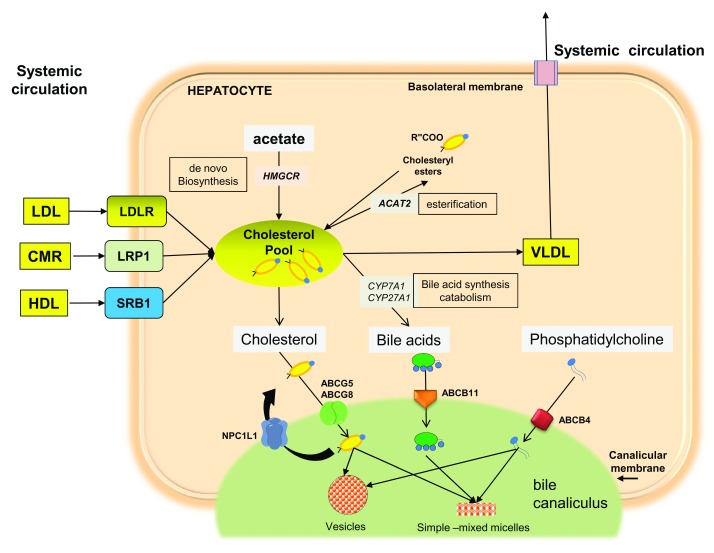Figure 1. Pathways of cholesterol metabolism in the hepatocyte in humans.
Cholesterol can enter the hepatocytes as low-density lipoprotein (LDL) via the LDL receptor (LDLR), as chylomicron remnants (CMRs) via the prolow-density lipoprotein receptor-related protein 1 (LRP1), and as high-density lipoprotein (HDL) via the scavenger receptor class B member 1 (SRB1). The absorbed cholesterol and the cholesterol synthetized from acetate via the rate-limiting enzyme 3 hydroxy 3 methylglutaryl-coenzyme A reductase (HMGCR) contribute to the intrahepatic cholesterol pool. From here, cholesterol can follow different pathways: esterification (by the acyl-coenzyme A: cholesterol acyltransferase isoform 2, ACAT or SOAT1) and storage in the hepatocyte; incorporation into assembled very-low-density lipoprotein (VLDL) and secretion; catabolic synthesis of bile acids—via the rate-limiting enzymes cholesterol 7α hydroxylase (CYP7A1) and sterol 27 hydroxylase (CYP27A1)—and secretion in bile; and direct secretion into bile. Lipid secretion in bile requires distinct ATP-binding cassette (ABC) transporters at the canalicular membrane of the hepatocytes: the heterodimer ABCG5/G8 for cholesterol, ABCB11 for bile acids, and ABCB4 for phosphatidylcholine. In humans, NPC1L1 is at the canalicular membrane of hepatocytes and is responsible for the reuptake of cholesterol from bile back into the hepatocytes. The nuclear receptors in the hepatocyte (not shown) play a key role at different levels: the farnesoid X receptor (FXR or NR1H1) is controlled via the intestinal fibroblast growth factor 19 (FGF19) and its receptor (FGFR4) in the liver and regulates bile acid synthesis through the small heterodimer partner (SHP) 92, 93. The liver X receptor (LXR or NR1H3) regulates cholesterol synthesis (via the cytochrome P450 51A1, or CYP51A1), bile acid synthesis (via the UDP glucuronosyltransferase 1–3, or UGT1A3), and biliary cholesterol secretion (via transcriptional activation of ABCG5/G8) 94– 96. One to three lipids (that is, cholesterol, bile acids, and phospholipids) are secreted into the bile canaliculus, and they aggregate into the typical cholesterol carriers—that is, simple (1–2 nm), mixed micelles (4–8 nm), and small unilamellar (40–100 nm) or large multilamellar (300–500 nm) vesicles 97.

